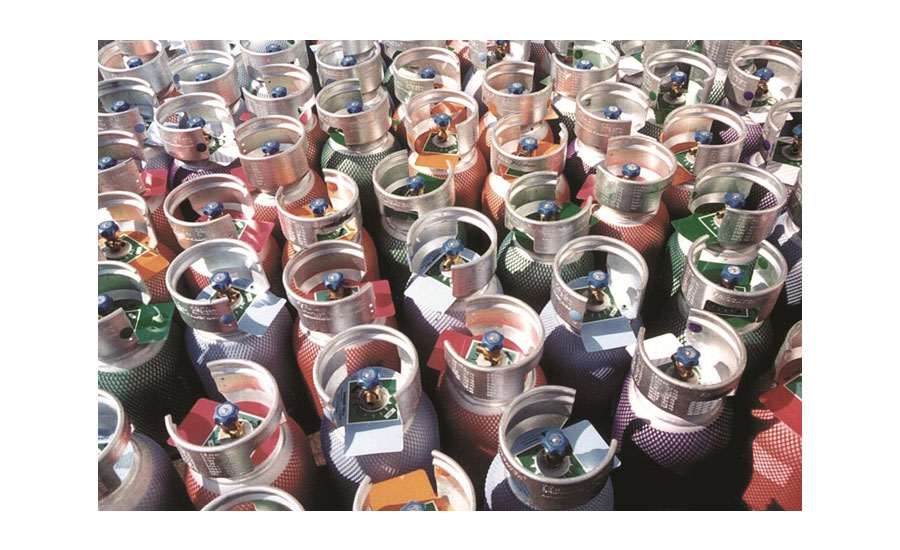A global HFC phase-down agreement is set to become a reality following historic negotiations by countries worldwide in November in Dubai, which could see a formal reduction strategy by the end of 2016.
Although an official agreement has yet to be reached, the final sticking point has been resolved, that of a handful of previously resistant ‘higher-temperature’ countries concerned over technology availability.
From the meeting, the parties to the Montreal Protocol have now agreed to the “Dubai Pathway,” to formally recognize that an agreement should be sought in 2016.
The universal decision to reach an agreement to a global HFC phase-down in 2016 has been hailed as a major breakthrough by industry figures and a huge step in the reduction of carbon emissions.
Furthermore, the decision will give greater momentum to the discussions at the UN climate change talks in Paris, which are aimed at limiting global warming to 2°C.
Reports from the Dubai talks suggest that there was some frustration from the countries who wanted to push ahead with more details for the talks in Paris, but there was broad relief that the starting gun had been sounded.
The integration of the phase-down into the Montreal Protocol, generally seen as the world’s most successful international environmental agreement, is seen as the ideal platform thanks to its previous success with both CFC and HCFC phase-outs.
There are four different proposals on the table as amendments to the Montreal Protocol and they include many identical requirements for an international phase-down and in all cases the final phase down is a cut of between 85 and 90 percent of baseline consumption.
There are several key differences between the proposals, including:
• The timing and size of phase-down steps for developed countries;
• The timing and size of phase down steps for developing countries (referred to as Article 5 countries in the Montreal Protocol);
• The way in which baseline consumption and production is measured;
• The way in which Article 5 countries would receive financial support for conversion activities; and
• Various other details such as exemption mechanisms for certain refrigeration or air conditioning applications in high ambient temperature countries.
Responding to the announcement, the IOR Technical Committee said, “It is our understanding that the discussions at Dubai so far have only led to a ‘contact group,’ which is still a long way from any agreement or amendment.”
While Andrea Voigt, director general of European manufacturers’ association EPEE said, “Outside the Montreal Protocol, in the past 10 years Europe has taken a leading role in pre-empting global trends, with the various EU F-Gas Regulations from 2006 and 2014 influencing law-making in countries such as Japan, Canada, and the U.S.
“It seems clear that the EU F-Gas Regulation and the recent European HFC phase-down proposal have helped unblock global discussions. The above largely explains why EPEE was approached by national experts from the EU and from different regions in the world with the request to support industry beyond Europe by helping it to get organized and to cooperate with governments.”
Besides the Dubai Pathway agreement, an extra working group will take place in March 2016 to examine all the outstanding issues in detail. A further group meeting in July will potentially result in a consolidated amendment proposal that can be finalized and agreed at a Meetings of the Parties of the Montreal Protocol before the end of 2016.
In the U.S., the Air-Conditioning, Heating, and Refrigeration Institute (AHRI) commended the decision to work toward an amendment to include HFCs in the Montreal Protocol. In a statement it said, “AHRI has commended the decision of the Parties of the Montreal Protocol (MP) to work toward an amendment in 2016 to include HFCs in the treaty’s purview, with a goal of working toward a schedule to phase down their use across the globe.”
Content for the European Spotlight is provided courtesy of Refrigeration and Air Conditioning Magazine, London. For more information, visit www.racplus.com.
Publication date: 12/7/2015


Report Abusive Comment